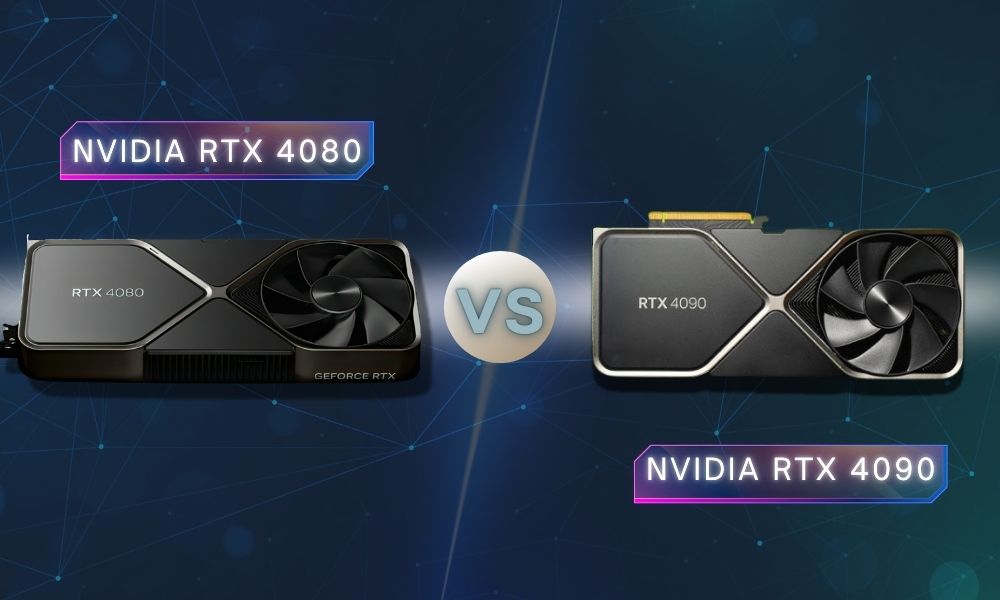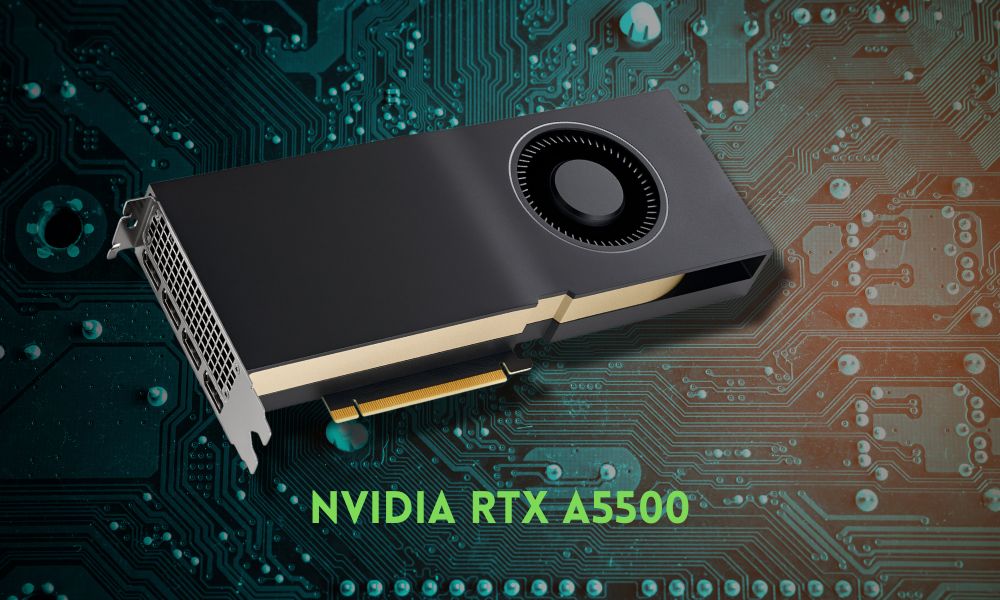Data center migration is critical for businesses aiming to upgrade, consolidate, or optimize their IT infrastructure. Whether you’re moving to a new physical location, transitioning to a cloud-based solution, or simply reorganizing your data center, a well-executed migration is essential for minimizing disruptions and ensuring the safety of your valuable data.
Before diving into the intricacies of data center migration, it’s crucial to understand what it entails. Data center migration refers to relocating or reorganizing an organization’s IT assets, including servers, storage, networking equipment, and applications, from one environment to another. This could involve physical-to-physical (P2P), physical-to-virtual (P2V), virtual-to-virtual (V2V), or cloud-based migrations.
A well-executed data center migration checklist is essential for several reasons. First, it ensures minimal disruption to ongoing business operations, reducing downtime and potential revenue loss. In addition, it helps organizations leverage the latest technology and infrastructure, improving efficiency and competitiveness. Lastly, it enhances data security and compliance by adequately handling sensitive information during migration.
A comprehensive data center migration project plan offers several key benefits. It reduces risks by identifying potential challenges in advance and ensures cost-effectiveness. The checklist streamlines workflow, promotes efficient task execution and fosters clear stakeholder communication. In essence, a well-structured checklist is instrumental in achieving a successful and cost-efficient data center migration.
Migration Project Planning
This phase involves meticulous coordination, timeline setting, and stakeholder engagement, all aimed at charting a clear path to a smooth and efficient transition.
Identify and Engage Stakeholders
A successful migration involves multiple departments and functions within your organization. Identify and engage all stakeholders whom the migration may impact. This includes IT teams, facility management, finance, compliance, and end-users. Ensure that their concerns and requirements are considered throughout the process.
Appoint a Data Center Migration Manager
Assign a dedicated data center migration manager with the authority to work across different functions and teams. This individual will be vital in facilitating the migration, communicating progress, and ensuring the project’s success.
Develop a Migration Plan
Create a comprehensive migration plan that outlines the project’s scope, objectives, budget, timeline, and criteria for success. Obtain buy-in from all stakeholders to ensure alignment and commitment to the plan.
Develop a Communication Plan
Effective communication is key to a smooth migration. Develop a communication plan that outlines how progress updates will be shared with stakeholders. Regular updates will help manage expectations and address any concerns or issues promptly.
Define Roles and Responsibilities
Clearly define roles and responsibilities for team members involved in the migration. This includes tasks before, during, and after the migration. Ensuring that everyone knows their role reduces confusion and enhances efficiency.
Review SLAs and Contracts
Review all relevant service level agreements (SLAs) and contracts that could impact the migration. Pay special attention to terms and conditions, such as early termination penalties, that could affect the budget or timeline. Make necessary adjustments to mitigate risks.
Establish a Source of Truth
Identify a “source of truth” documentation from which all parties will work. This could include network drawings, facility diagrams, or databases. Having a single, accurate source of information is crucial for consistency and accuracy during migration.
Asset and Application Inventory
A meticulous asset and application inventory process is vital when preparing for a data center migration. Here are the key steps to ensure a successful inventory phase:
Choose Inventory Method
Decide whether your asset inventory will be done manually, using discovery software, or a combination of both. This choice depends on your resources and the complexity of your data center.
Hardware Inventory
Complete a comprehensive inventory of hardware and equipment to determine what should be migrated and to identify ownership. This clarity is essential to prevent confusion during the migration.
Network Connectivity Inventory
Document all network connections and configurations to understand your network’s intricacies, a crucial aspect of a smooth transition.
Application Inventory
Compile a complete list of all applications running on your hardware. This inventory ensures that no critical software is overlooked during migration.
Review Undocumented Assets
Verify and document any previously undocumented hardware, cabling, or applications. Accurate documentation is vital for efficient migration and post-migration management.
Implement an Identification System
Create a system using color-coding, alphanumeric tags, labels, or other indicators. This system helps uniquely identify what will be moved, its destination, and the necessary connectors or equipment for installation.
New Infrastructure Planning
Planning for your new infrastructure is crucial in the data center migration process. Here are the key steps to ensure a successful transition:
Site Layout Assessment
Begin by thoroughly reviewing the layout of your destination site. This evaluation helps you determine the locations where your equipment will be installed. Understanding the physical space is crucial for a well-organized migration.
Virtual Infrastructure Mapping
Utilize Data Center Infrastructure Management (DCIM) software to create a virtual layout of your new infrastructure. This digital representation allows you to visualize equipment placement and connectivity, providing valuable insights into the migration’s outcome.
Network Design Integration
Collaborate closely with your network engineering team to capture the intricacies of your network design. Integrate this information into your “source of truth” documentation to maintain accuracy and alignment with your migration plans.
Cable Length Planning
To avoid the post-migration chaos of tangled cables, ensure that you provide the correct cable lengths for all necessary power and data connections. This proactive step minimizes the risk of a disorganized “spaghetti cabinet.”
Power Capacity Alignment
Verify that your IT deployment aligns with the designed power capacity for each rack and row. This alignment should be maintained for the initial move and future provisioning needs, including failover designs.
Pre-Migration Preparation
The pre-migration phase is a stage in your data center migration project, ensuring that everything is meticulously planned and organized for a smooth transition. Here are the key steps to follow:
Day-of Plan
Develop a detailed day-of plan that includes timelines, roles, and contact information for all migration team members. Clarity on responsibilities and communication channels is vital for a coordinated effort.
Phased Migration
Consider whether a phased project approach is necessary to minimize the impact on essential resources and applications. This strategy can help ensure a smoother transition and reduce disruptions.
Migration Service
Determine if you require a migration service and, if so, schedule it in advance. Professional expertise can streamline the process and enhance its success.
Site Familiarity
Familiarize yourself with the new site, including the locations of entrances and doorways. Ensure that all door knobs and cabinets are in working order to prevent any unexpected obstacles on the migration day.
Installation Instructions
Create clear installation instructions for each device, specifying their locations. Ensure that all required cabling and equipment needed for installation are readily available.
Site Access
All team members must have proper access, including security clearance, to the new site. This step is essential for a seamless migration process.
Configuration Documentation
Document new configurations and develop test plans to ensure all equipment and applications will be operational in the new environment. This thorough testing is important to avoid post-migration issues.
Disaster Recovery and Contingency Planning
Develop a disaster recovery and contingency plan in case of hardware failures or extended downtime. Having a plan in place minimizes disruptions and ensures a swift response to unexpected challenges.
Hardware Installation
Install rail kits and any other hardware that can be set up before the actual move. This proactive step helps streamline the process on migration day.
Power Distribution and Monitoring
Ensure rack power distribution and environmental sensors are configured and monitored when the first IT asset is installed and powered on. This ensures the continuous operation of critical systems.
Dry Run
Perform a thorough dry run of the migration process to identify and address potential issues or bottlenecks. This rehearsal helps fine-tune the plan for the actual migration day.
Migration Day
On migration day, thorough planning and proactive monitoring are important for a smooth and successful data center migration. To have a successful transition, here are the key steps to follow on migration day:
Move Plans and Work Orders
Ensure that easily accessible move plans or work orders are available for each IT asset. These documents should be accessible via hard copy, tablet, smartphone, or laptop. A move plan should be clear and easy to read, providing precise information about cabinet placement, U position, network and power cables, rack PDU outlets, and switches. DCIM software with change management capabilities can streamline work order creation and tracking, facilitating a more efficient process.
Equipment Delivery
Verify that all necessary equipment has been delivered to the migration site. This step is essential to avoid delays and ensure a smooth migration process.
Personnel Assembly
Confirm that all team members required for the migration have assembled and are ready to execute their roles and responsibilities. A well-coordinated team is crucial for a successful migration.
Progress Tracking
Continuously track the progress of the migration to ensure that it remains on schedule. Monitoring the status of each task and milestone helps you stay on top of the timeline.
Adaptability
Be prepared to adapt to changes or unexpected challenges during the migration process. Flexibility and quick decision-making are key to overcoming obstacles and ensuring a successful transition, even if the migration extends beyond the initially planned timeframe.
Source of Truth Updates
Update your “source of truth” documentation as the migration team installs each item. This real-time documentation is invaluable for asset location knowledge, which can significantly accelerate break-fix recovery time once the new infrastructure is operational.
Post-Migration Tasks
After completing the data center migration, crucial post-migration tasks ensure the new environment operates smoothly and efficiently. Here are the key steps to follow in the post-migration phase:
System Testing
Execute comprehensive system testing according to the migration manager’s move plan. This testing verifies that all devices and applications have been successfully migrated and are functioning as expected. Any issues or discrepancies should be addressed promptly to minimize disruptions.
Network Operations Center (NOC) Verification
Confirm that the Network Operations Center (NOC) team has visibility into polled power data and can monitor the systems online. This step is critical for proactive monitoring and troubleshooting.
Spot Audit
Conduct a spot audit to verify that all equipment is physically installed and connected, as documented during the migration planning phase. Ensuring that everything is in its correct place helps maintain an organized and efficient data center.
Equipment Decommissioning
Decommission and dispose of old equipment and cabling as necessary. Properly disposing of outdated or unused assets is essential for maintaining a clutter-free and secure data center environment.
Summary and Benefits
A successful data center migration is a complex operation that demands meticulous planning and execution. This comprehensive checklist has highlighted the key phases of a successful migration, including understanding the migration, pre-migration preparation, activities on migration day, and essential post-migration tasks.
The benefits of following a structured checklist throughout this journey are numerous. It helps reduce risks, control costs, streamline workflows, facilitate effective communication, maintain organizational clarity, ensure continuity and scalability, and prepare for unforeseen challenges.
By adhering to this checklist, organizations can navigate the intricacies of data center migration confidently, minimizing disruptions and reaping the rewards of a well-optimized and efficient IT environment. With careful planning and execution, a seamless transition awaits, positioning businesses for future growth and prosperity.





